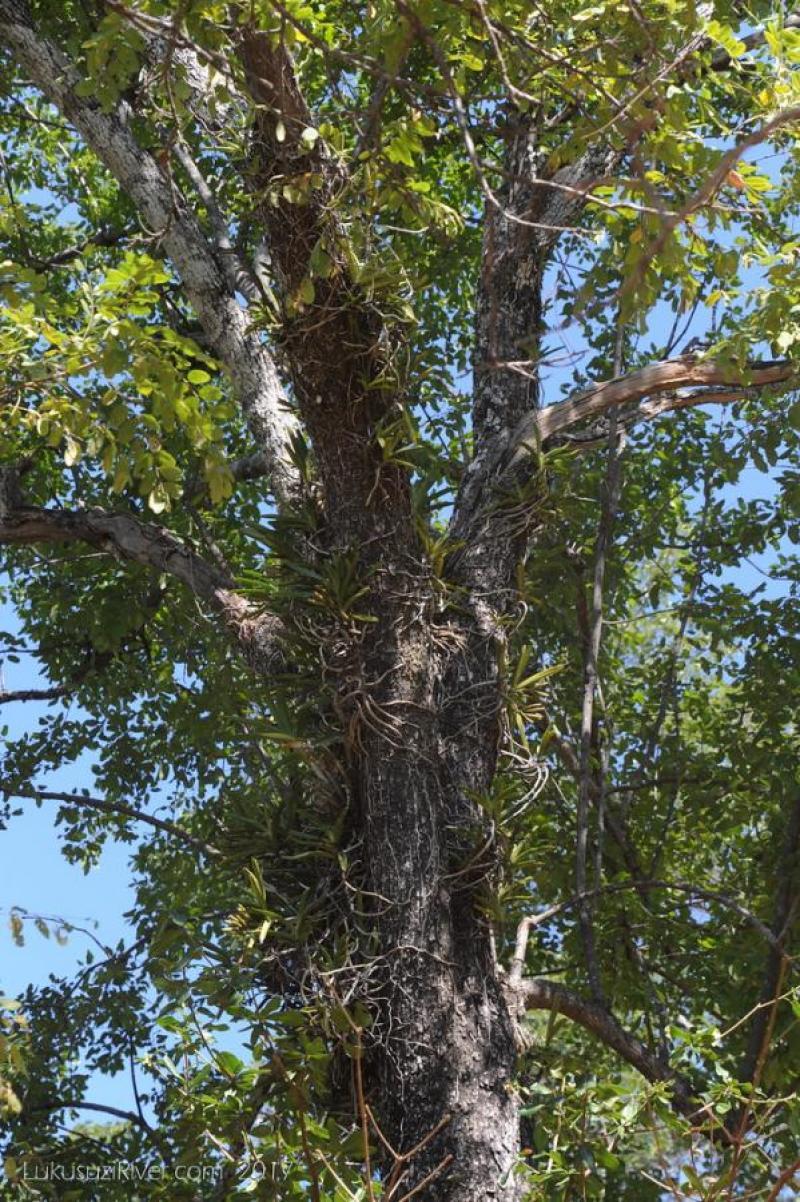Acampe pachyglossa
Also known as: The Broad or Saccolabium mombasense Acampe pachyglossa ssp. pachyglossa Acampe renschiana Acampe madagascariensis Acampe nyassana Acampe pachyglossa ssp. reschiana Saccolabium pachyglossum Acampe mombasensis in Madagascar Kisatrasatra in the subfamily: Epidendroideae
Native to: Kenya Madagascar Malawi Mozambique South Africa Zaire - Angola Zambia Zimbabwe
General Information
The Broad is a miniature monopodial warm to hot growing epiphytic or lithophytic orchid belonging to the sub family Epidendroideae native to Kenya, Madagascar, Malawi, Mozambique, South Africa, Angola, Zambia, and Zimbabwe.
Plant Description
Monopodial. Each new growth has numerous thick erect, rigid leaves
Flowers
Numerous fragrant blossoms appear during Summer and Autumn
Fragrance
The orchid is fragrant. The fragrance can be described as diurnal and sweet
Blooming Season
- Autumn
- Summer
Substrate(s)
- Coarse
- Bark
- Charcoal
Care Notes
This orchid goes into a dormancy phase during winter, during this phase it is best not to provide water unless the plant is starting to look thirsty. The lack of water increases the chance of flowering in spring, and also reduces the likelihood of any rot forming. Do not resume watering until new growth has appeared and is growing strongly.
Often a period of intense growth occurs after dormancy. During this time the amount of light, water and fertiliser the plant receives will directly impact the amount of growth that occurs during this time, and in the case of seedlings, will reduce the time required to reach maturity.
It's recommended to heavily reduce the water amount at the middle to end of autumn to trigger dormancy. Leaves on older bulbs will begin to drop during this time while the newer bulbs continue to mature until terminal leaves appear at the tip of the pseudobulbs.
Repotting can be done any time of the year though it's best to do it in early spring when new growth is appearing as this also means new roots will appear to help the plant anchor into the new media and offset any damage to established roots during the repotting process.
Fragrant:
- IsFragrant
Climate
Grows at low to high elevations.
Potting
These plants are quite forgiving and will do well repotted ever 2-3 years. The mix should be coarse, well draining, and allow space for air to move and for roots to grow.
Alternatively, these plants will also do well mounted to tree fern or cork slabs, or mounted to trees.
Best time for repotting or mounting the orchids is the end of winter when new growths start to appear. Avoid repotting during hot weather,











